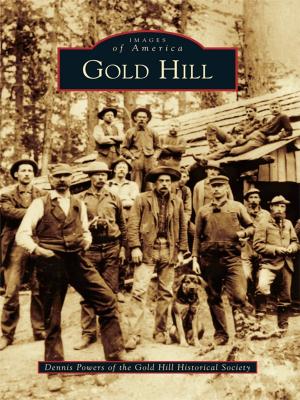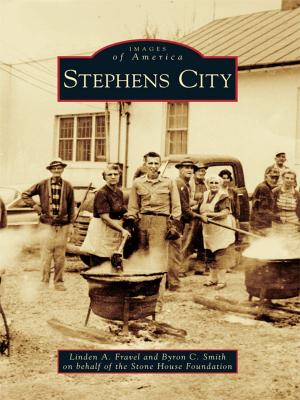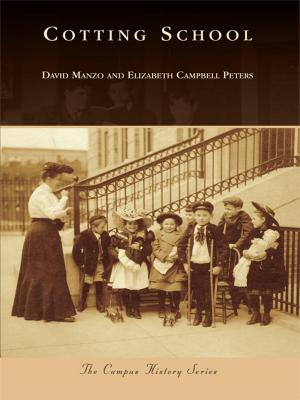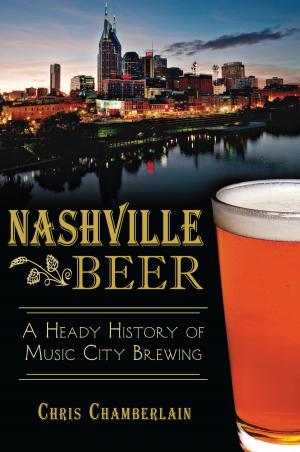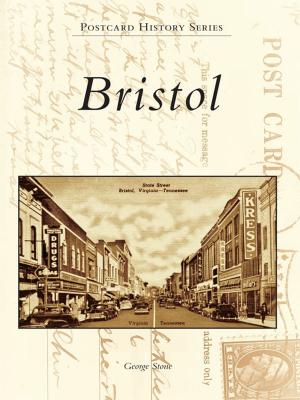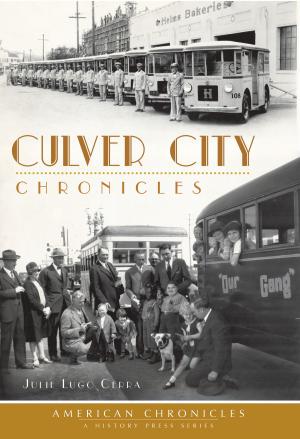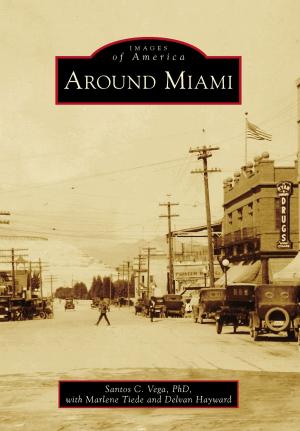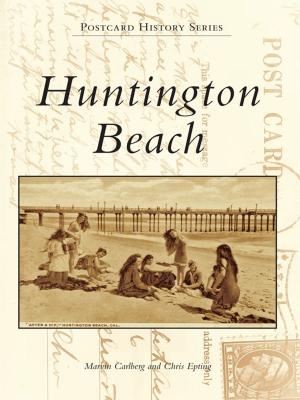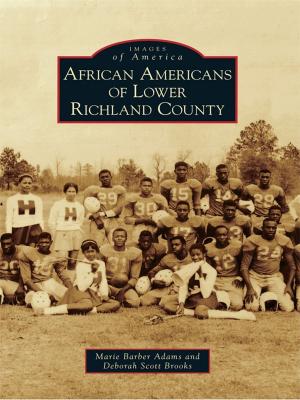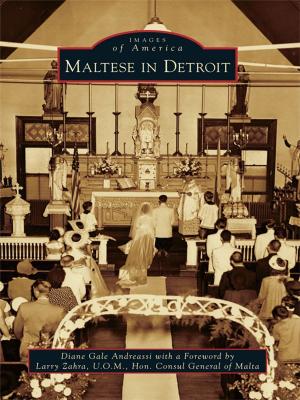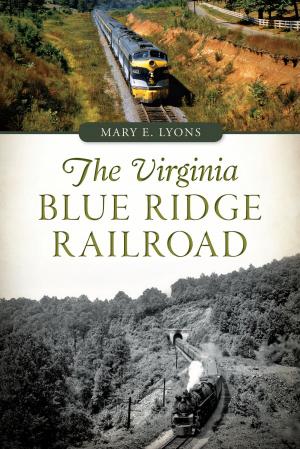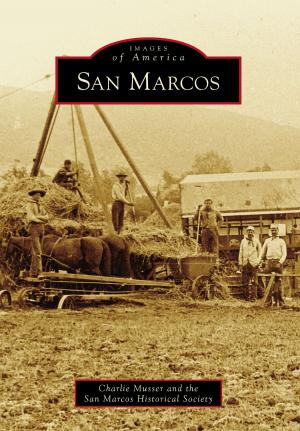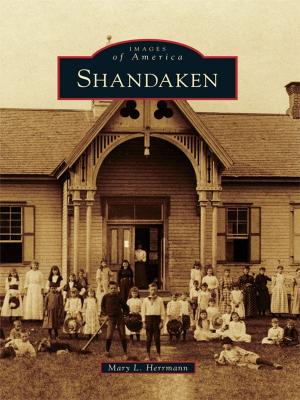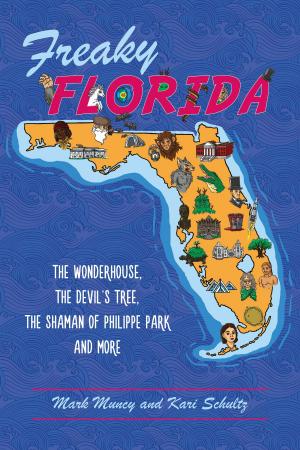| Author: | Pico Rivera History and Heritage Society | ISBN: | 9781439635940 |
| Publisher: | Arcadia Publishing Inc. | Publication: | February 6, 2008 |
| Imprint: | Arcadia Publishing | Language: | English |
| Author: | Pico Rivera History and Heritage Society |
| ISBN: | 9781439635940 |
| Publisher: | Arcadia Publishing Inc. |
| Publication: | February 6, 2008 |
| Imprint: | Arcadia Publishing |
| Language: | English |
The early history of the city of Pico Rivera began in 1887 when two land developers, J. Fletcher Isbell and W. T. Bone, bought the Rivera town site from Joseph Hartley Burke, Louis L. Bequette, and A. A. Bermudez. Rivera literally means �along the river,� and today�s city boundaries are the Rio Hondo on the west and the San Gabriel River on the east. Rivera developed when the Santa Fe Railroad came through the southern portion of present-day Pico Rivera. The township of Pico was subdivided into lots beginning in 1921. Its name derived from the last Mexican governor of California, Don Pio de Jesus Pico, who built his country home, El Ranchito, along the San Gabriel River. Over the years the two communities grew close, eventually incorporating as one in 1958. The year 2008 marks Pico Rivera�s 50th anniversary. This volume documents Pico Rivera from its agricultural past, through its transformation, and into modern suburbia.
The early history of the city of Pico Rivera began in 1887 when two land developers, J. Fletcher Isbell and W. T. Bone, bought the Rivera town site from Joseph Hartley Burke, Louis L. Bequette, and A. A. Bermudez. Rivera literally means �along the river,� and today�s city boundaries are the Rio Hondo on the west and the San Gabriel River on the east. Rivera developed when the Santa Fe Railroad came through the southern portion of present-day Pico Rivera. The township of Pico was subdivided into lots beginning in 1921. Its name derived from the last Mexican governor of California, Don Pio de Jesus Pico, who built his country home, El Ranchito, along the San Gabriel River. Over the years the two communities grew close, eventually incorporating as one in 1958. The year 2008 marks Pico Rivera�s 50th anniversary. This volume documents Pico Rivera from its agricultural past, through its transformation, and into modern suburbia.

